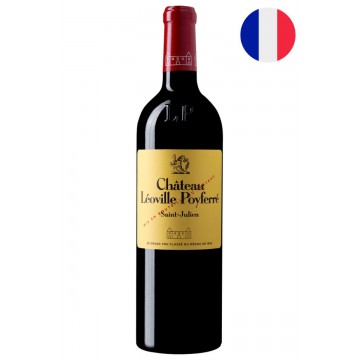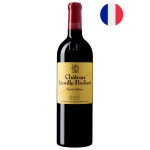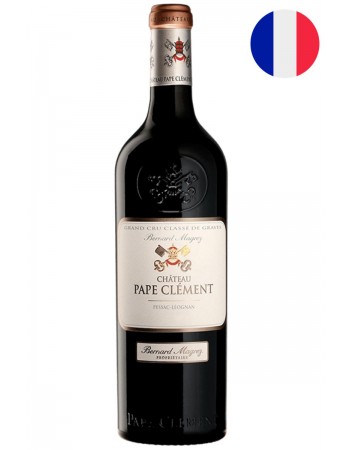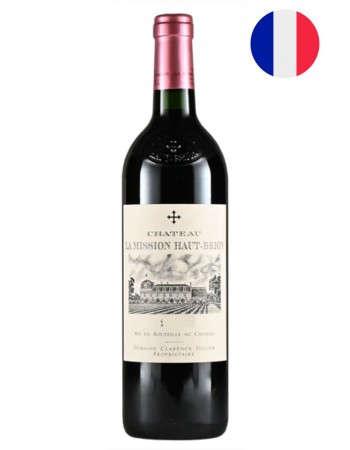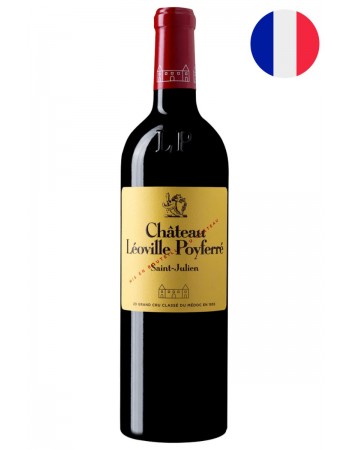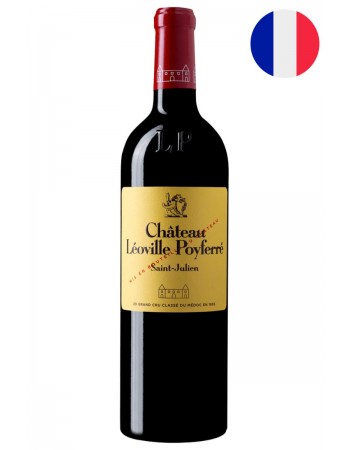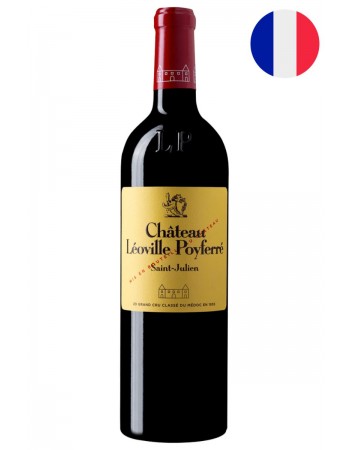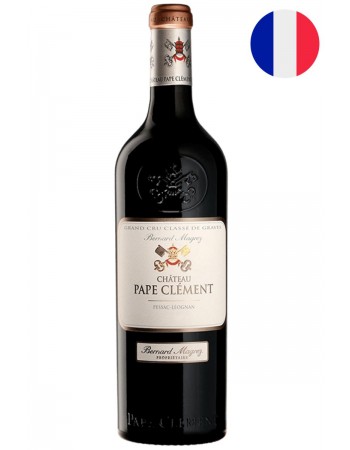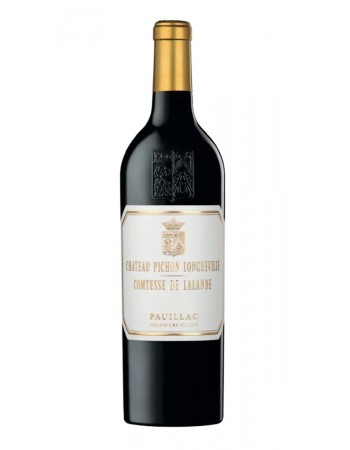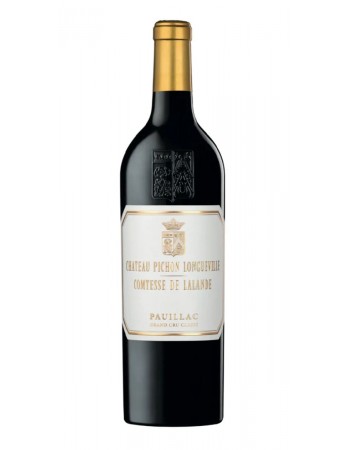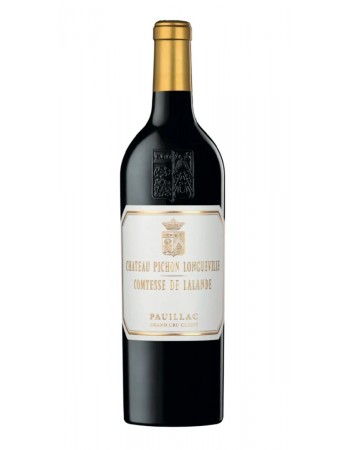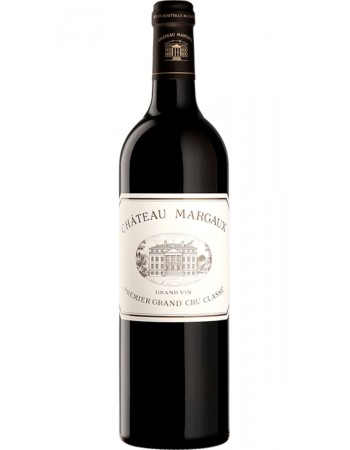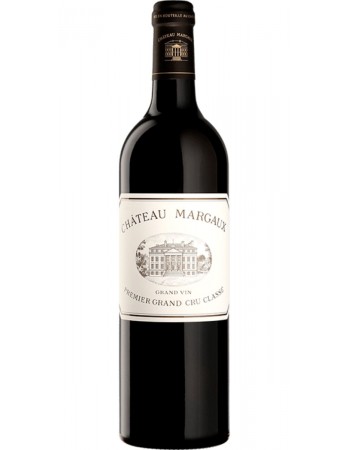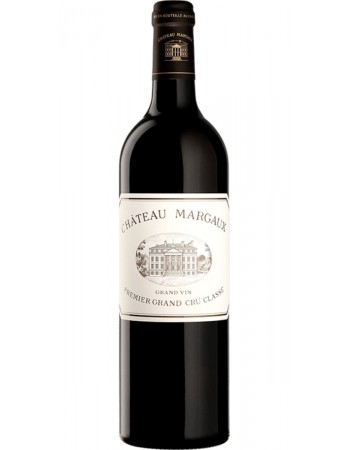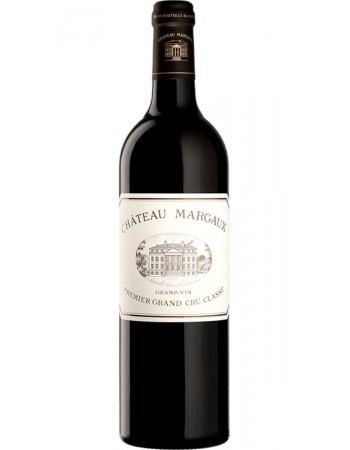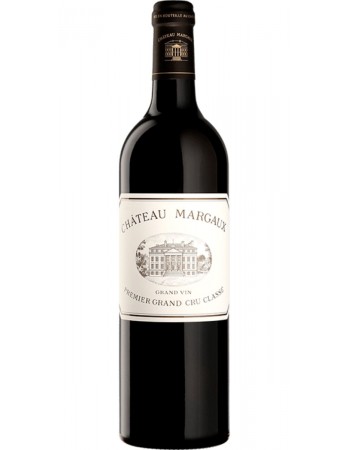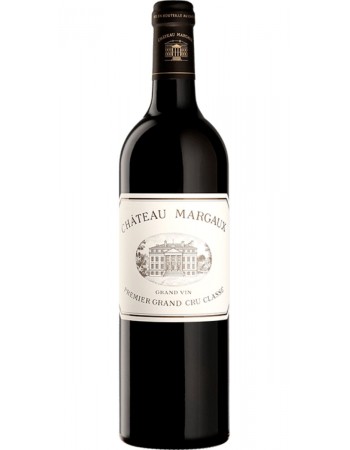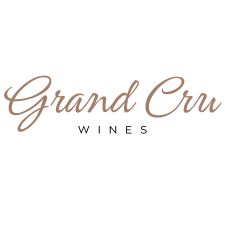2012 Chateau Leoville Poyferre
-
S$23188
-
- 2+ for S$22888 each
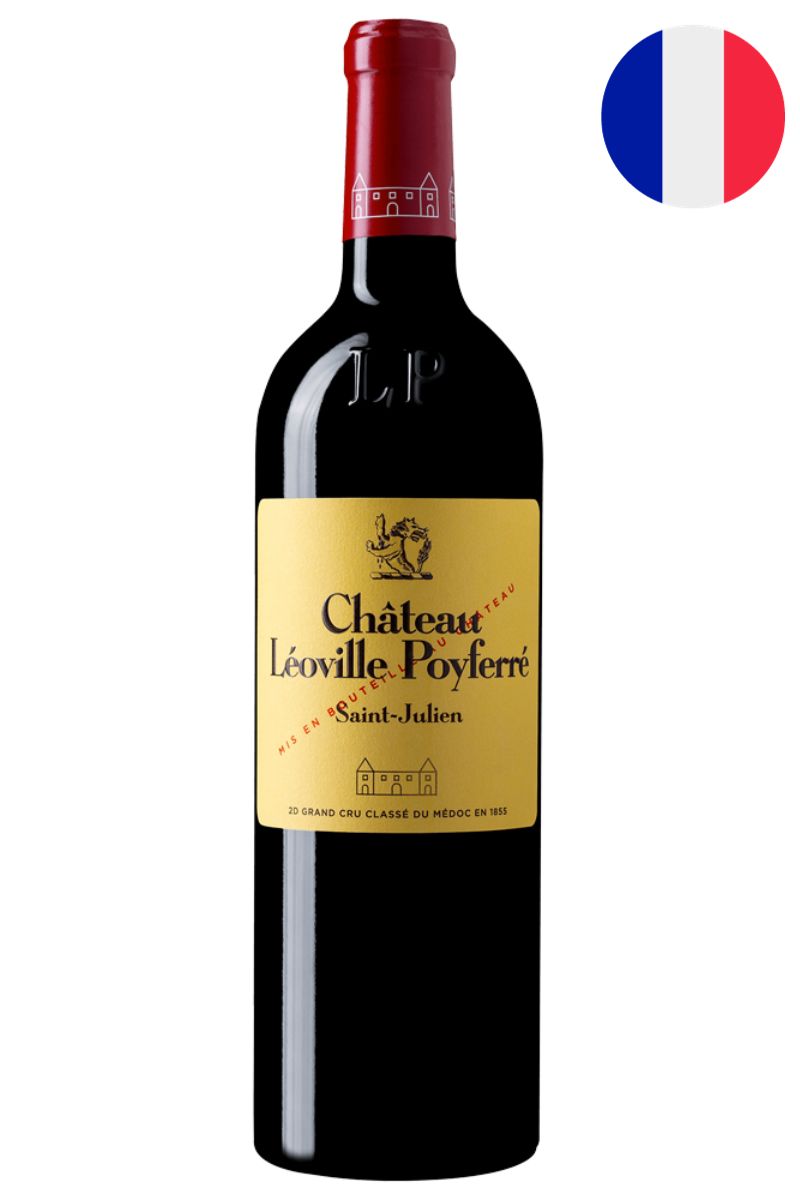
Vintage: 2012
Region: Saint-Julien
Country: France
Winemaker Notes
The Cuvelier family's flagship estate has been on fine form in recent years. Their style is sumptuous, velvety, quite modern St Julien, but with the underlying structure to age for many many years. There is a beautiful bouquet of decadent dark berries, gravelly minerality, humidor, cedar and flowers. It is quite heady and perfumed with a lovely seductive core of opulent fruit and large scale tannic structure.
About Winery
With origins dating back to 1638, Léoville was the largest vineyard in the Médoc region at the time of the French Revolution. Léoville Poyferré springs from various divisions and successions in 1840. Its outstanding quality wines gained early recognition when it was ranked 2nd Growth in the 1855 classification. Château Léoville Poyferré was acquired in 1920 by the Cuvelier family. Château Léoville Poyferré was the Léoville that got left in the starting blocks in terms of reputation and in the quality of its wines. Léoville Poyferré has been owned by the Cuvelier family (who also own Château Le Crock) since 1921, yet it was not until the 1970s, when Didier Cuvelier took control at the château, that quality began to improve. In the last 20 years, Didier, with the assistance of Michel Rolland since 1995, has turned Léoville-Poyferré into one of StJulien's finest estates. Now up with the best of the St-Juliens but still selling at nonscary prices. Léoville Poyferré is classified as a 2ème Cru Classé
Winemaker Notes
The Cuvelier family's flagship estate has been on fine form in recent years. Their style is sumptuous, velvety, quite modern St Julien, but with the underlying structure to age for many many years. There is a beautiful bouquet of decadent dark berries, gravelly minerality, humidor, cedar and flowers. It is quite heady and perfumed with a lovely seductive core of opulent fruit and large scale tannic structure.
About Winery
With origins dating back to 1638, Léoville was the largest vineyard in the Médoc region at the time of the French Revolution. Léoville Poyferré springs from various divisions and successions in 1840. Its outstanding quality wines gained early recognition when it was ranked 2nd Growth in the 1855 classification. Château Léoville Poyferré was acquired in 1920 by the Cuvelier family. Château Léoville Poyferré was the Léoville that got left in the starting blocks in terms of reputation and in the quality of its wines. Léoville Poyferré has been owned by the Cuvelier family (who also own Château Le Crock) since 1921, yet it was not until the 1970s, when Didier Cuvelier took control at the château, that quality began to improve. In the last 20 years, Didier, with the assistance of Michel Rolland since 1995, has turned Léoville-Poyferré into one of StJulien's finest estates. Now up with the best of the St-Juliens but still selling at nonscary prices. Léoville Poyferré is classified as a 2ème Cru Classé
94 James Suckling
Really beautiful now with blackcurrant, licorice and red-berry aromas, following through to a full body with layers of fine tannins and a beautiful finish. It’s really starting to drink nicely . Drink or hold.
94 Jeb Dunnuck
One of the more stacked, ripe and rockingly textured wines from the left bank, the 2012 Léoville Poyferré sports a deep ruby/purple color to go with terrific notes of crème de cassis, graphite, lead pencil shavings and violets. Rich, full-bodied, supple and forward, with low acidity and ripe tannin, give bottles 4-5 years (although it dishes out ample pleasure even today) and enjoy through 2037.
92 Robert Parker's Wine Advocate
Owned by the Cuvelier family since 1920, this property over the last 20 years has made some great wines in the Médoc. The 2012, a blend of 61% Cabernet Sauvignon, 27% Merlot, 8% Petit Verdot and 4% Cabernet Franc, is opaque purple, thick-looking, and from bottle much more impressive than it was from barrel. This very extracted, rich, full-bodied, masculine Léoville Poyferré needs a good 5-8 years of bottle age and should evolve well for at least 20-25 years. Loads of blackberry and cassis, crushed rock and graphite notes are present in this medium to full-bodied, impressively concentrated and pure wine. Forget it for a while, as this is one of the bigger, richer Médocs.
Rating: 92+
91 Wine Spectator
A solid, muscular version, with a slightly chewy feel along the edges, while the core of steeped plum, anise and blackberry paste waits in reserve. Reveals ample graphite details on the finish, with a warm fruitcake note chiming in. Just needs some cellaring to lose the burly edge. Best from 2017 through 2024.

